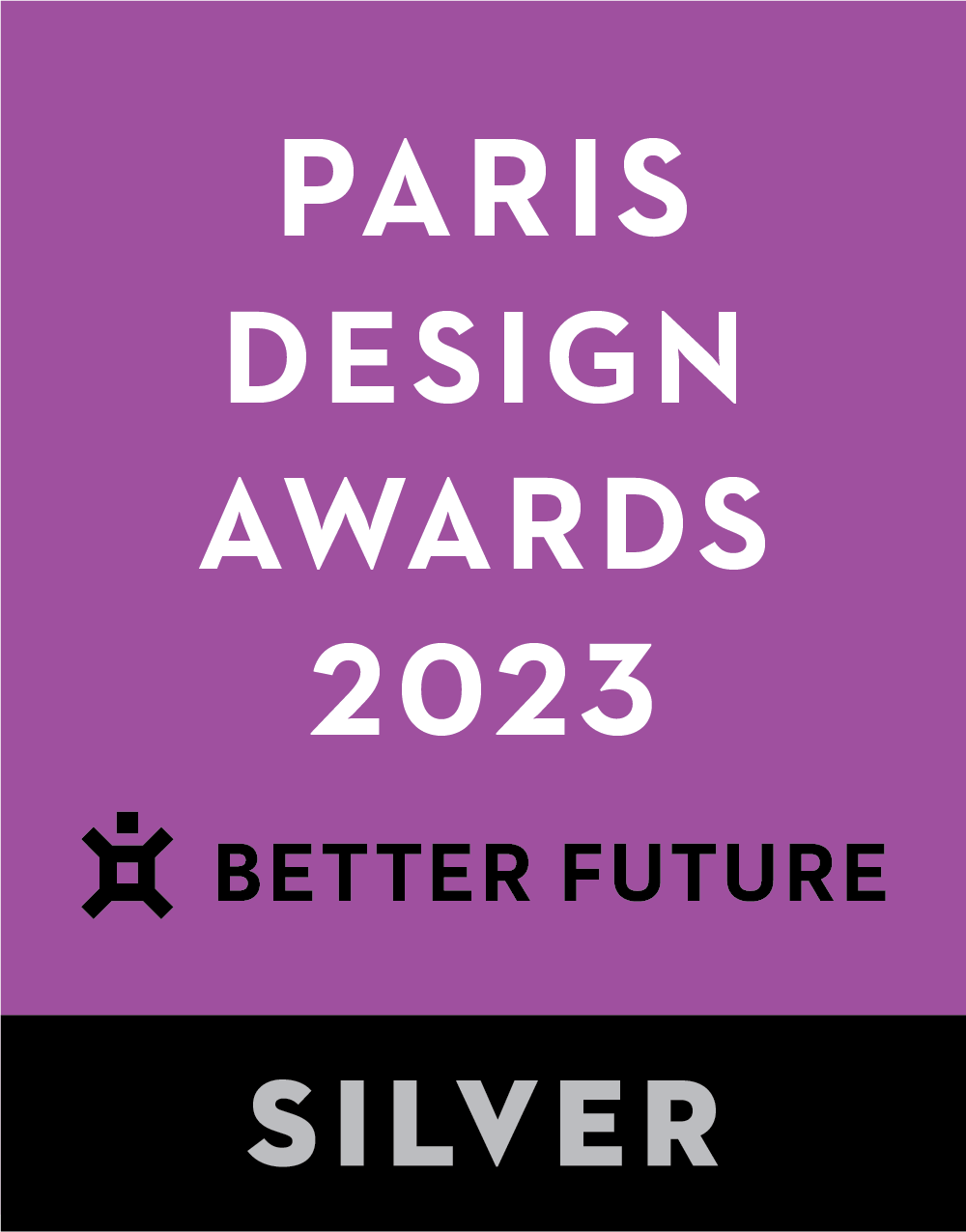Key Dates










Image Credit :
Project Commissioner
Taipei Medical University Hospital

Project Creator
Project Overview
Taipei Medical University Hospital recognizes the importance of the development of smart healthcare. The hospital hopes to redesign the public space in response to the demand for digital healthcare services, as well as to provide a friendlier hospital space and improve the service experience. This project involves the third medical building of the Taipei Medical University Hospital, which was completed 11 years ago. The overall spatial environment could be considered relatively new. However, as the number of patients increases, so does the demand for space. Take the connecting passageway through the three buildings as an example, the frequent interplay between the flow of people and the transfer of wheeled stretchers on a daily basis has a great impact on the overall movement flow of the building. Therefore, the primary focus of the renovation is to widen the connecting passageway from 2.4 meters to 3.5 meters. The all-new Dream Way Avenue not only provides a more comfortable space for patients through the diversion of foot traffic and wheeled stretchers, but also optimizes the outpatient disposal room, pharmacy, blood collection counter, inpatient service center and other overall space and flow enhancements, which also improves the working environment of medical staff, fully demonstrating the core values of respecting patients while putting staff first.
Team
Da Yen
Project Brief
In addition to viewing the site as a relay station of life’s migration, the designer believes that the transformation of the boundary between life and death is also the sublimation of the human condition. Therefore, the designer thought of the butterfly that completes its transformation by breaking out from its cocoon, its beautiful wings and flying posture serve as the inspiration for the spatial context of the hospital. The designer hopes that "butterfly" and "migration" will endow a new sense of reborn hope in the hospital, and a blessing for the next life. The overall space is divided into three areas with their own theme color "green," "orange" and "blue." Green denotes the main heightened lobby entrance; orange represents the second entrance; blue represents the third entrance, which is mainly for the Chinese medicine outpatient area. Based on the hospital's existing building space, the designer extended the curves in the shape of butterfly wings and integrated them with the movement flow of the space. In addition to being a decorative spatial element for the ceiling, it also serves as a distinct visual marker for the hospital space.
Project Innovation/Need
To fully integrate smart medical treatment into overall spatial planning, the designer injected the idea of automated banking services into the hospital to fully automate the procedure flow of medical consultations such as "registration," "check-in," "inquiry," "medicine collection," "payment," etc. In addition to streamlining the administrative workflows, it also simplifies and clarifies the original cumbersome consultation process, improving the quality of medical services. The seating in the lobby was redesigned based on the concept of a tourist hotel. By replacing the original chairs with a continuous curved sequence of sofas, not only can hospital visitors freely enjoy comfortable positions, but the placement also responds to the streamlined spatial patterns. The original glass railing on the heightened second floor was replaced with a metal grille. In addition to adding a textural layer to the space, it also visually obscures the chaotic and cluttered visual sensation when viewing the second floor from the first floor. It is also worth noting that the butterfly installation art hanging above the ceiling was changed from glass to titanium-plated panels with an acrylic base in the middle and embedded LED lights that change color in rotation, in consideration of subsequent safety issues.
Design Challenge
The existing harsh right angle of the building structure has been transformed into a circular curve. Above the corridor of the staircase, a lighting panel featuring natural scenes was also designed for the ceiling. It is hoped that these softened designs will transform the public's perception of the hospital as a cold and emotionless place. To meet the needs of the hospital, all corridor walls were constructed using AICA, a fireproof and antibacterial material imported from Japan. The flooring was changed from the original marble to white tiles, which not only facilitates hygiene and infection control in the hospital but also enhances the cohesiveness of the spatial ambience and reduces visual fatigue. Any medical unit must maintain 24-hour operations, so the designer must consider the construction process to not interfere with the hospital's operating schedule. Therefore, the team could only enter the site on Friday evening every week and work all the way to 4:00 a.m. on Monday, including the cleaning of the construction site. A designated work crew was assigned to various locations and completed the work within the expected twelve and a half workdays over a six-week period. In addition, construction safety issues had to be considered during the process, with specific areas of fencing removed and temporary routes planned in advance that would not interfere with the hospital's operations, so as to maintain the hospital's normal operations.
Sustainability
Taipei Medical University Hospital has already adopted an environmentally-friendly strategy, requiring that all building materials and waste materials used in the hospital meet the targets of energy saving and carbon emission reduction. Through the integration of spatial design, the efficiency of the hospital's logistics can be effectively improved. Furthermore, the digitalized automated service area also reduces the consumption of unnecessary paper supplies.
Interior Design - International Public or Institutional
This award celebrates innovative and creative building interiors with consideration given to space creation and planning, furnishings, finishes and aesthetic presentation. Consideration also given to space allocation, traffic flow, building services, lighting, fixtures, flooring, colours, furnishings and surface finishes.
More Details

